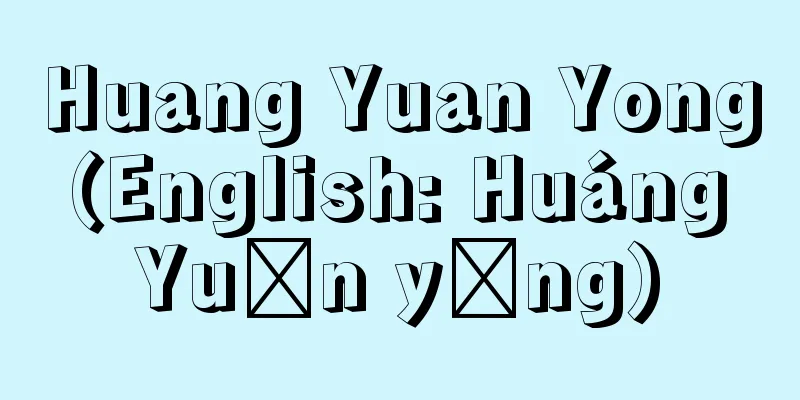Ming Confucianism Plan

|
The major work of Huang Zongxi, a thinker from the early Qing Dynasty in China. Completed in 1676, it is a history of Confucianism in the Ming Dynasty in 62 volumes. He claims that Ming Confucianism was initiated by Chen Xianzhang and became greatly clarified by Wang Shouren (Yangming). He focuses on the academic flow from the orthodox school of Yangming to the Donglin school and then to his own teacher Liu Zongzhou, and creates a school plan for each group according to their ideological tendencies, describing their achievements and the contents of their theories. Based on his own historical view, he criticized the radical school of Yangming for deviating from Confucianism, and although there are limitations in that he does not provide separate sections for original thinkers such as Li Zhi and He Xinyin, compared to similar works of the time, he calmly and comprehensively describes the diverse activities of the intellectual world, and also succinctly and accurately summarizes the characteristics of people and their theories, and in this respect it is far superior to the Song and Yuan Academic Guide, which was completed by a successor who followed his will. It contains many materials that have now been lost, and is used as a basic document for the history of Ming ideology, and the classification of schools of thought is often based on this book. [Koji Sano] [Reference] |Source: Shogakukan Encyclopedia Nipponica About Encyclopedia Nipponica Information | Legend |
|
中国、清(しん)代初期の思想家黄宗羲(こうそうぎ)の主著。1676年に完成した明(みん)代の儒学史。62巻。明代儒学は陳献章(ちんけんしょう)が端を開き、王守仁(しゅじん)(陽明)に至って大いに明らかになったとし、陽明学正統派から東林学派を経て自らの師劉(りゅう)宗周に至る学術の流れに中心を置きながら、それぞれの思想傾向ごとにグループ別にして学案をたて、事績と学説内容を記載している。自らの史観に基づいて、陽明学派の急進的な一派は儒教から逸脱する方向に向かったと非難し、独創的思想家とされる李贄(りし)や何心隠(かしんいん)などは独立した項目をたてないという限界はありながら、当時の同種の作品と比較すれば、思想界の多様な活動を冷静に網羅的に記述し、しかも人物と学説の特徴を簡潔かつ的確に要約して示しており、この点で彼の遺志を継いで後人が完成した『宋元(そうげん)学案』も遠く及ばない。いまは散逸した資料も多く含まれ、明代思想史の基本文献として利用され、学派の区分もこの書を基礎にすることが多い。 [佐野公治] [参照項目] |出典 小学館 日本大百科全書(ニッポニカ)日本大百科全書(ニッポニカ)について 情報 | 凡例 |
Recommend
Signboard rental contract - Kanban kashi keiyaku
...A contract in which one person (the name lesso...
Engi
The Japanese era name (nengo). It was the era name...
'Amr bin al-'Aas (English spelling)
570-663/664 Governor of Egypt during the Orthodox ...
Ailuridae
...A general term for the two species of mammals ...
Corinna - Korinna (English spelling)
Date of birth and death unknown. Ancient Greek fe...
Thank you
…On the other hand, the control of land and indig...
Emecheta, B. - Emecheta
…However, the movement to redefine popular histor...
pūjanā (English spelling) pujana
...offering incense and flowers, lamps, food and ...
Kondo Eizo
Social activist. Born in Tokyo. After graduating ...
huhu
…Tapioca flakes, made by slicing the tubers and d...
Third generation - Sanze
〘Noun〙① A Buddhist term. A general term for the pr...
Enzelii - Enzelii (English spelling)
A port city on the Caspian Sea in northern Iran. ...
Nagato Dam
This dam is located in the Azumi area of Matsum...
Neue Sachlichkeit (English spelling)
…Neue Sachlichkeit. The term was given to the new...
Esoteric Buddhist ritual implements
A general term for the implements used in esoteric...









